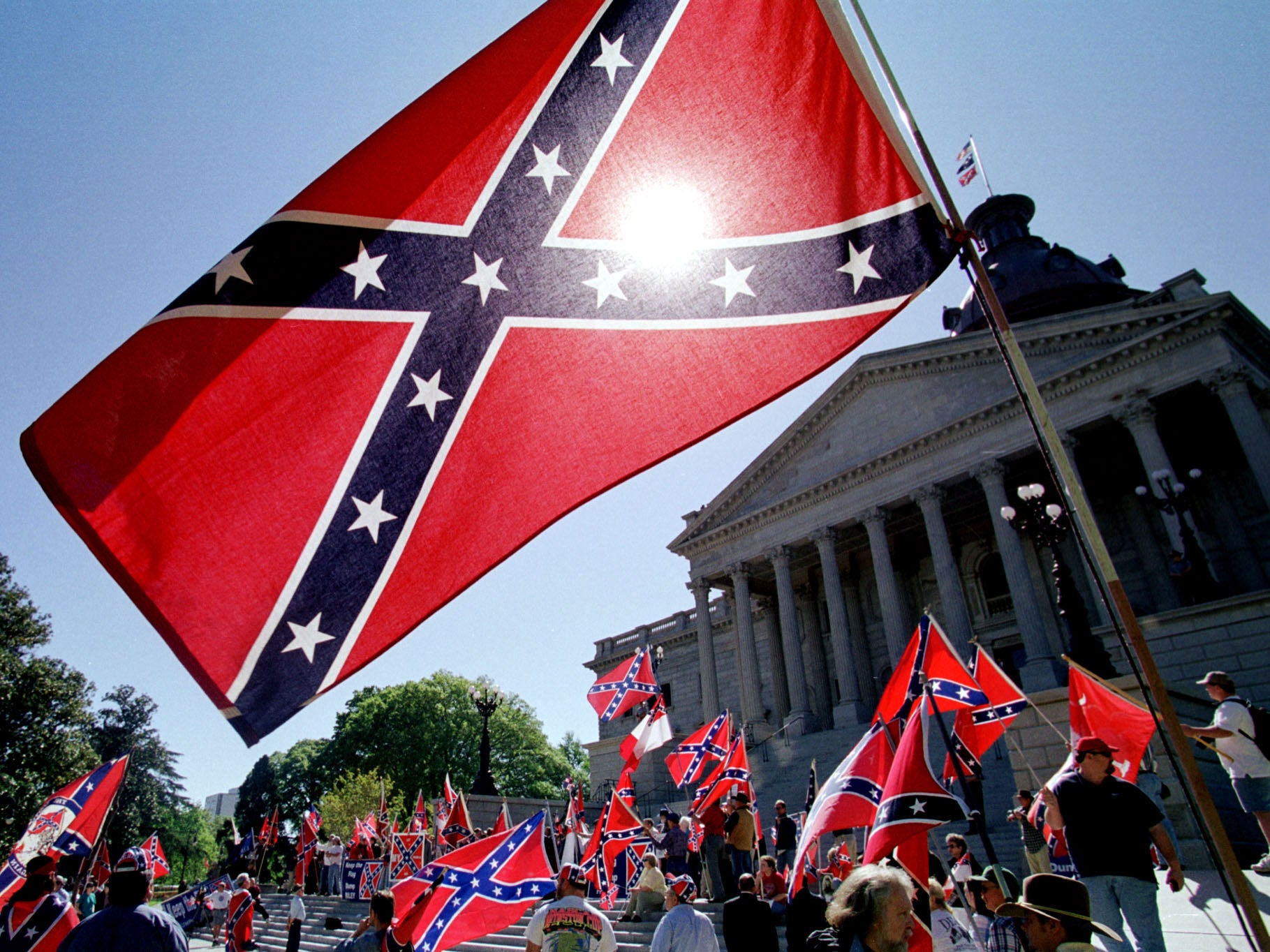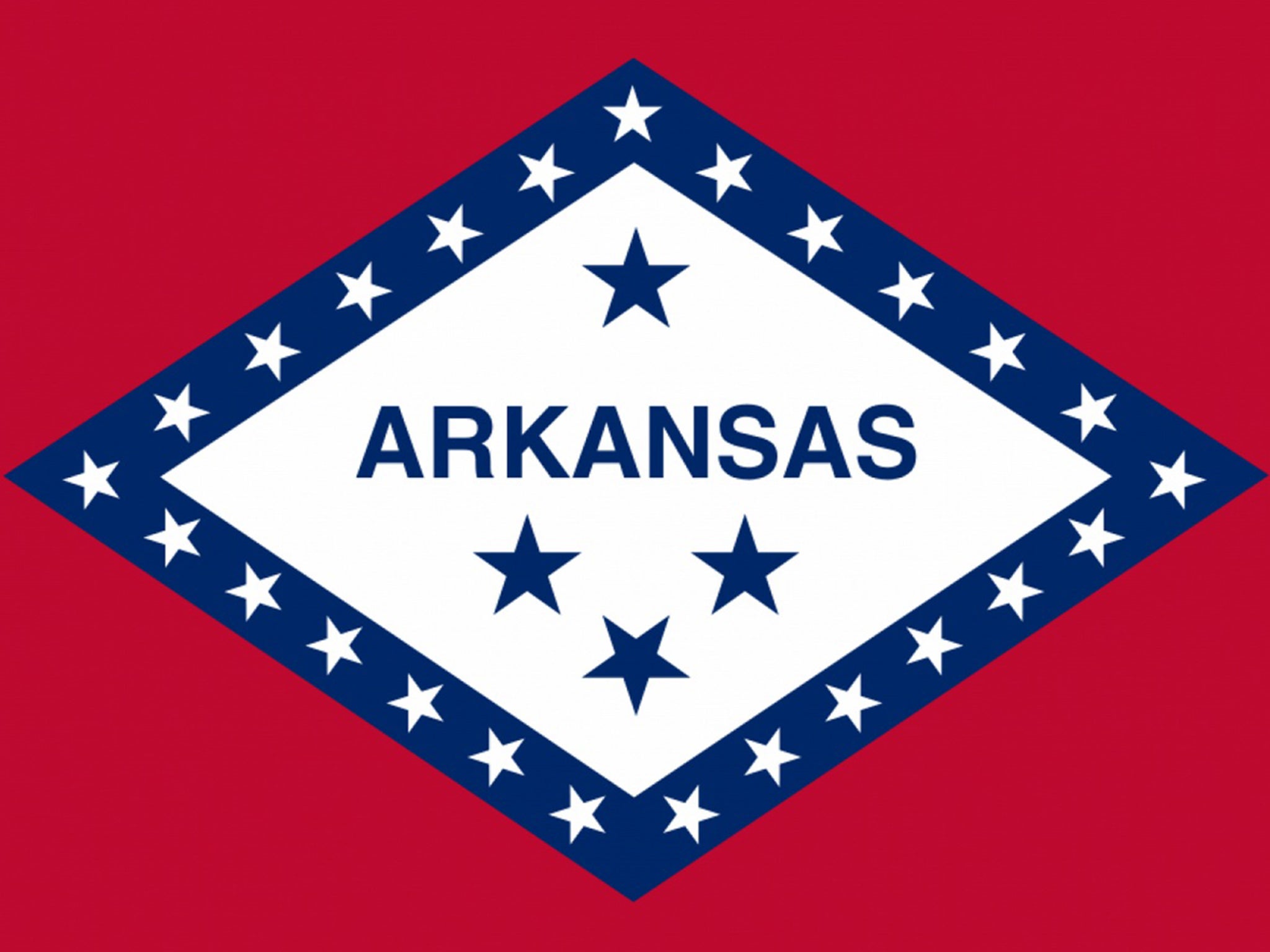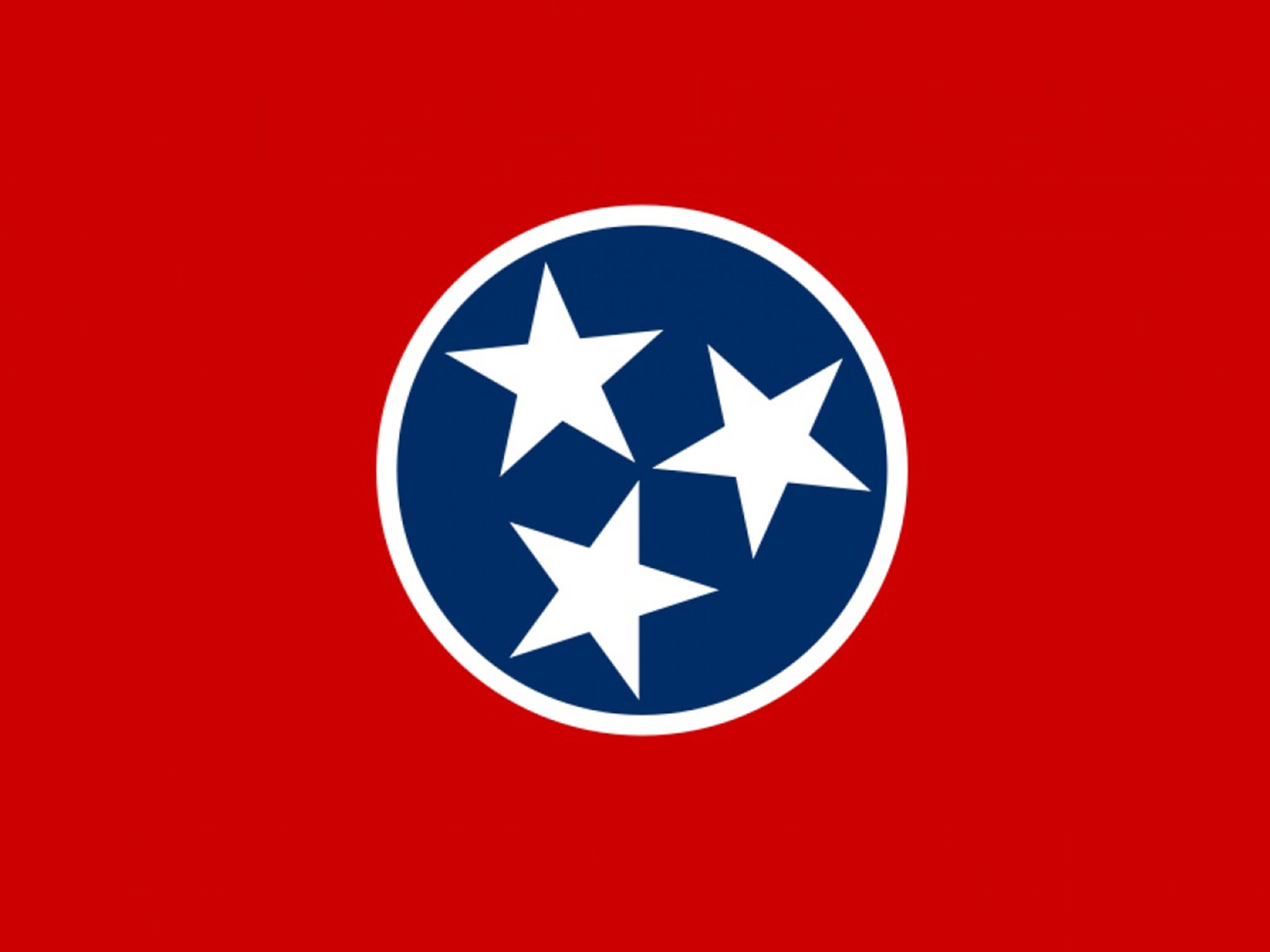The seven US states still living under Confederacy flags
Roughly one third of the nation's black population lives under Confederacy flags - often portrayed as a racist symbol of the US civil war

Your support helps us to tell the story
From reproductive rights to climate change to Big Tech, The Independent is on the ground when the story is developing. Whether it's investigating the financials of Elon Musk's pro-Trump PAC or producing our latest documentary, 'The A Word', which shines a light on the American women fighting for reproductive rights, we know how important it is to parse out the facts from the messaging.
At such a critical moment in US history, we need reporters on the ground. Your donation allows us to keep sending journalists to speak to both sides of the story.
The Independent is trusted by Americans across the entire political spectrum. And unlike many other quality news outlets, we choose not to lock Americans out of our reporting and analysis with paywalls. We believe quality journalism should be available to everyone, paid for by those who can afford it.
Your support makes all the difference.The shooting of nine black Charleston churchgoers by a young man allegedly inspired by white supremacist ideology has reignited a controversy over the proper place of the Confederate flag in contemporary society. Photos have surfaced showing the suspect, 21-year-old Dylann Roof, brandishing the flag. It adorned the license plates on his car. And due to an odd quirk of South Carolina law, the Confederate flag on the statehouse ground -- seen above, in the form of the Confederate Battle Flag -- flew at full mast this week even as the state and U.S. flag were lowered.
Defenders of the flag say it's a symbol of Southern heritage. Detractors maintain that hatred and racism are an inextricable part of that heritage. With all the focus on South Carolina, it's easy to forget that Confederate symbolism still adorns many official state flags in the South. Some states, like Georgia and Mississippi, have seen fierce political battles over explicit Confederate imagery in their flags. In other states, the references are subtler.
As of the 2010 Census, these state were home to about 60 million Americans -- including 12 million African-Americans, meaning roughly one third of the nation's black population lives under a state flag that evokes, at least in the eyes of many, the Confederacy. Take a look below.
Alabama
The red cross of the Alabama flag, adopted in 1895, was designed to evoke the battle flag of the Alabama infantry in the Civil War. That's according to a written account of the flag's history given by the attorney general of Alabama in 1987.
Arkansas

The Arkansas state flag was officially adopted in 1913, according to the Arkansas Secretary of State. There were initially three blue stars "representing that Arkansas belonged to three countries (France, Spain, and the United States) before attaining statehood." The secretary of state noted "1803 was the year of the Louisiana Purchase when the land that is now Arkansas was acquired by the United States; and Arkansas was the third state created from the purchase by the United States, after Louisiana and Missouri."
But 10 years later, trouble brewed when legislators realized that "there was no indication on the flag the Arkansas had been a member of the Confederate States of America from 1861 to 1865." So a fourth star was added, above the word Arkansas.
"The lone star above the word is to commemorate Arkansas’s membership in the Confederacy," wrote the Secretary of State.
Florida
Florida's flag is similar to Alabama's, consisting of a state seal over a red cross. The cross was added to the flag a few years after Alabama adopted its flag, at the suggestion of Governor Francis P. Fleming. Fleming had enlisted in the Confederate army in his youth, and some historians see his choice of the cross as an attempt to memorialize the confederacy.
Georgia
Georgia's flag has a long and complicated history. The Confederate battle flag was incorporated in to the state flag's design in 1956, a symbol of the state's opposition to racial integration, according to a report by the state Senate in 2000. The design was changed by the legislature in 2001, over the stiff opposition of the Sons of Confederate Veterans and other groups.
In 2002, Sonny Perdue was elected Governor of Georgia, partly by promising voters a referendum on the new flag. In the end, the legislature changed it to a new design: it consists of the first national flag of the Confederacy (the "Stars and Bars") with the addition of the Georgia seal.
Mississippi
Mississippi remains the only state incorporating the Confederate battle flag into its state flag design. It was adopted in 1894.
In 2001, a voter referendum was held to determine whether to keep the existing flag, or to adopt a new flag design removing Confederate elements. Voters opted to keep the existing flag by nearly a two-to-one margin.
North Carolina
The current North Carolina state flag was adopted in 1885. It closely resembles the flag adopted in 1861, shortly after North Carolina seceded from the Union. The first date on the flag, May 20, 1775, is the date of the so-called Mecklenburg Declaration, a purported statement of independence from Great Britain that happened in North Carolina, although the exact nature of the declaration is disputed.
But during the Civil War, Southern secessionist leaders evoked the Mecklenburg Declaration as a parallel to the South's declaration of independence from the North. Addressing a crowd in Charlotte, N.C., Jefferson Davis is reported to have said "people of this section were the first to defy British authority and declare themselves free."
In the original flag, the second date was May 20th, 1861 -- the date of North Carolina's withdrawal from the Union. In 1885, that date was changed April 12, 1776 -- the date of the Halifax resolves, when North Carolina officially called for independence from Great Britain.
Tennessee

The Tennessee Legislature adopted the current flag in 1905. In a 2013 article, vexillologist Steven A Knowlton argues that "the Tennessee flag has pragmatic unity with the Confederate flag: both share the element of white stars inside a fimbriated blue charge, and the element of that blue charge on a red field." He also notes a resemblance between the flag's vertical bars and the vertical bar of the third national flag of the Confederacy.
But he concludes that one interesting aspect of the Tennessee flag is plausible deniability: "it is reasonable to say a logo is only expressing Tennessee pride, even if deeper symbolic recognition does link it to Confederate imagery."
Copyright: Washington Post
Join our commenting forum
Join thought-provoking conversations, follow other Independent readers and see their replies
Comments